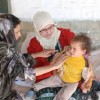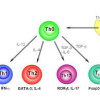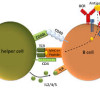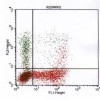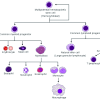In vitro study assessing the antibacterial activity of three silver-impregnated/coated mechanical valve needleless connectors after blood exposure
Abstract
This in vitro study’s purpose was to assess antibacterial activity of 3 different connectors: V-Link (Baxter, Deerfield, IL), Ultrasite Ag (B. Braun, Bethlehem, PA), and MaxGuard (CareFusion, Ontario, CA), impregnated with silver nanoparticles after blood exposure. All 3 silver-coated/impregnated connectors grew Staphylococcus aureus and Staphylococcus epidermidis.… Read more



